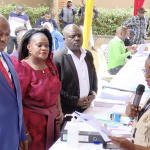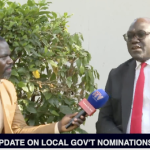The task of drafting a constitution that genuinely reflected the interests and aspirations of Uganda’s diverse cultural, social, and political populations fell to the 284 members of the Constituent Assembly, most of whom were affiliated with the Movement system. The initial constitution, established to guide the country to independence in 1962, was abolished four years later, in 1966, due to deep-seated suspicion, mistrust, and complex social dynamics stemming from the colonial legacy of British rule and the manner in which the colonialists shaped the nation called Uganda. Nearly three decades later, in 1995, the country embarked on another constitutional process to address these longstanding issues.







